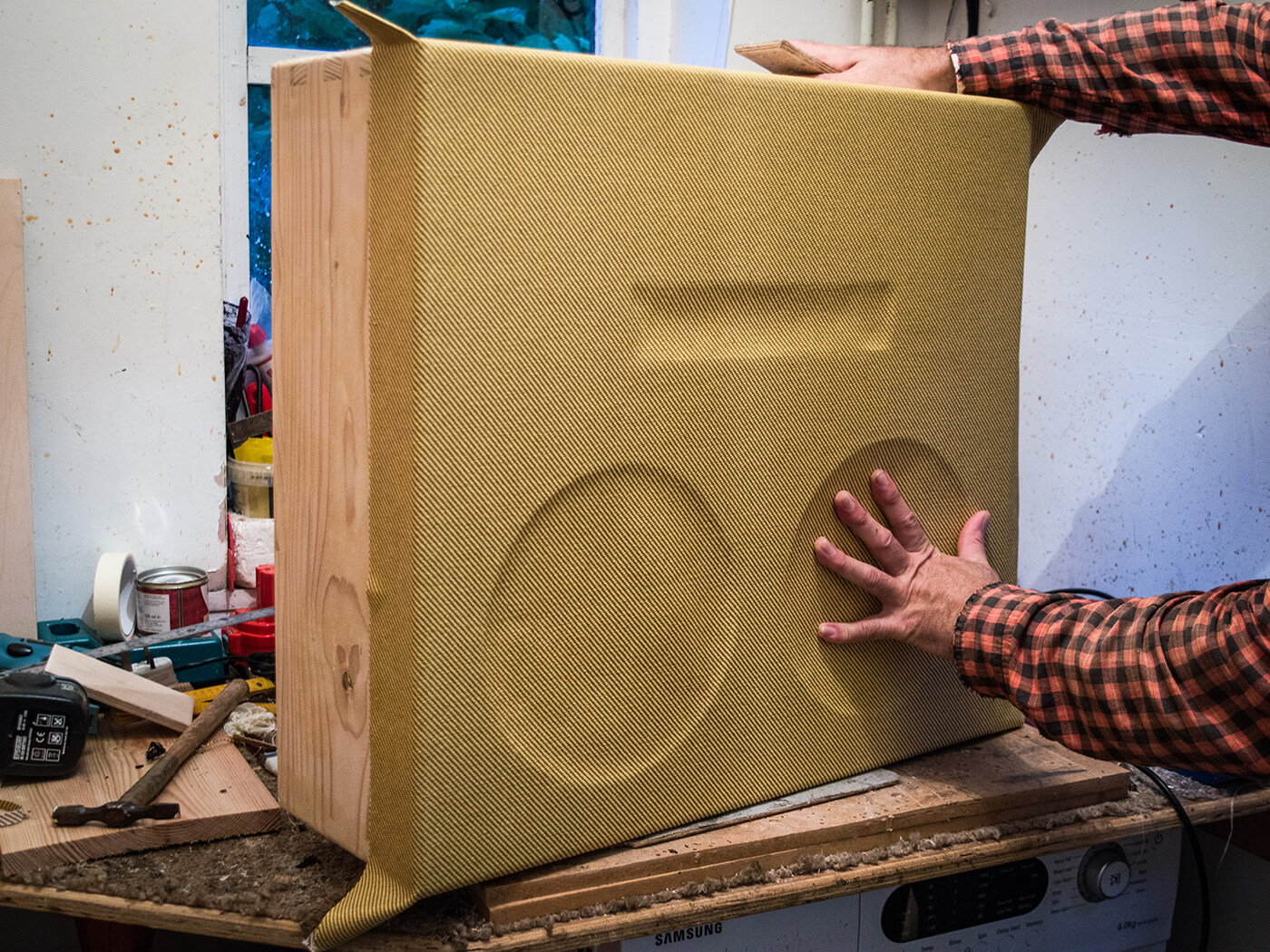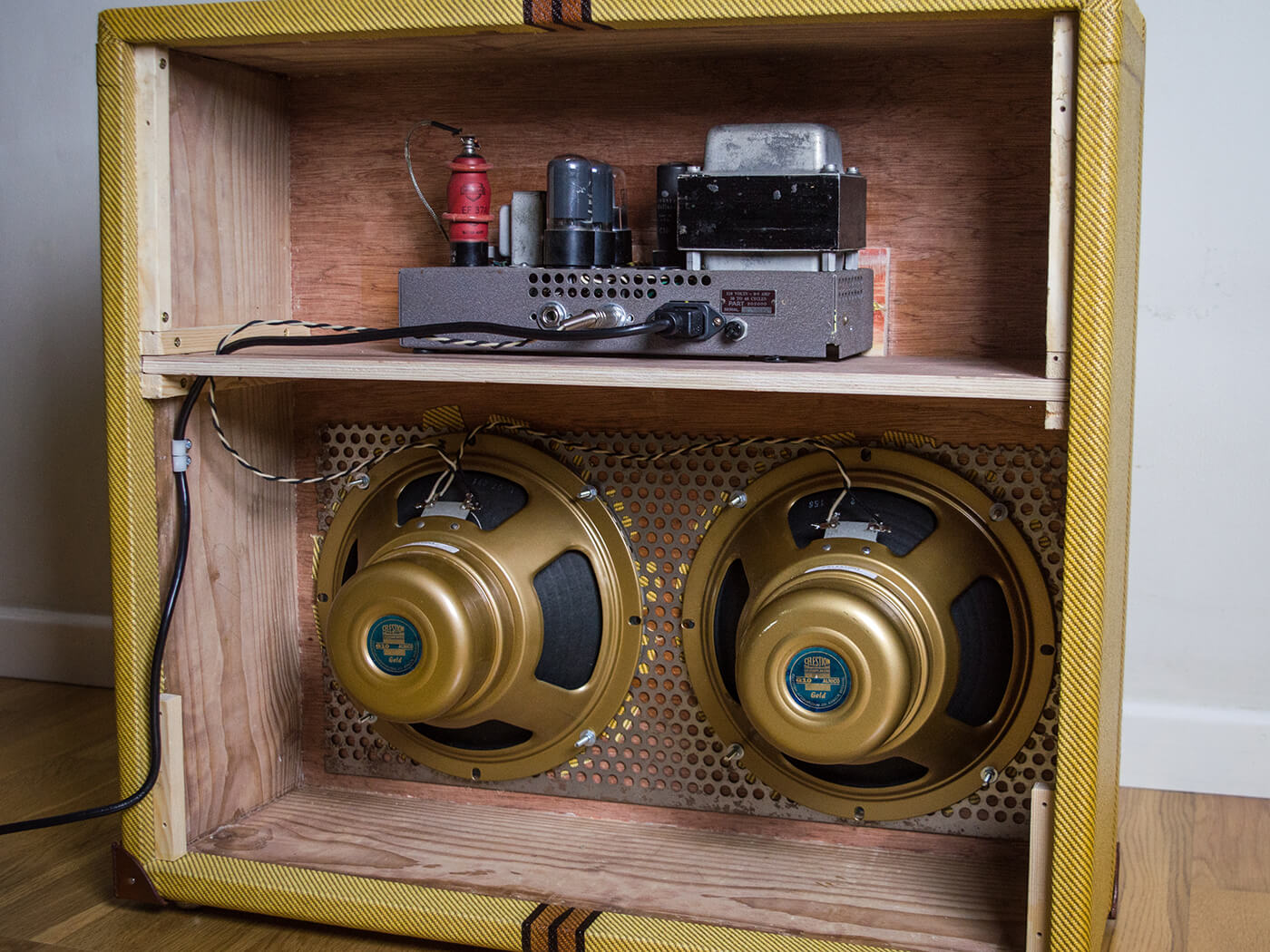Design & Construction of a 1×15 DIY Bass Cabinet: Diy Bass Cabinet 1×15

Building a 1×15 bass cabinet offers a rewarding experience for the DIY enthusiast, resulting in a custom-built speaker enclosure tailored to specific needs and aesthetic preferences. This guide provides a detailed blueprint for constructing a high-quality cabinet suitable for home studio use. The focus is on achieving optimal sound reproduction while maintaining a robust and visually appealing design.
Cabinet Dimensions and Materials
This design prioritizes a compact yet resonant cabinet ideal for home studio environments. The external dimensions will be 24″ (W) x 24″ (H) x 16″ (D). These dimensions are approximate and may require slight adjustments based on the specific speaker and internal bracing chosen. The cabinet will be constructed from 3/4″ Baltic birch plywood, renowned for its strength, stiffness, and resistance to resonance. This material minimizes unwanted vibrations, ensuring a cleaner, more accurate bass response. The chosen wood offers a balance of durability and workability.
Diy bass cabinet 1×15 – Parts List:
- One 15″ bass speaker (specific model dependent on preference)
- 3/4″ Baltic birch plywood (quantity determined by dimensions)
- Wood glue
- Screws (appropriate size for plywood)
- Speaker terminals
- Interior bracing material (same as cabinet material)
- Finishing materials (paint, stain, sealant)
- Felt or similar damping material (optional)
Step-by-Step Construction Guide
The following steps detail the construction process. Precise measurements are crucial for a well-fitting and resonant cabinet.
| Step | Action | Tools | Notes |
|---|---|---|---|
| 1 | Cut plywood according to dimensions. Accurate cuts are essential for a tight-fitting cabinet. | Circular saw, jigsaw, measuring tape, square | Double-check all measurements before cutting. |
| 2 | Assemble the cabinet using wood glue and screws. Ensure all joints are tight and square. | Clamps, drill, screwdriver | Pre-drill pilot holes to prevent wood splitting. |
| 3 | Install internal bracing (see bracing section). | Clamps, drill, screwdriver | Secure bracing firmly to minimize resonance. |
| 4 | Cut and install the speaker baffle. | Jigsaw, router (optional), measuring tape | Ensure a snug fit for the speaker. |
| 5 | Install speaker terminals. | Drill, screwdriver | Use appropriate size drill bit for the terminals. |
| 6 | Install speaker. | Screwdriver | Ensure speaker is securely mounted. |
| 7 | Apply finishing materials (paint, stain, sealant). | Brushes, rollers, sandpaper | Follow manufacturer’s instructions for best results. |
Internal Bracing Patterns
Internal bracing significantly impacts the cabinet’s resonance and overall sound quality. Three common patterns are described below.
The choice of bracing pattern depends on the desired sound characteristics and the builder’s experience level. More complex bracing patterns often require more skill and time but can lead to superior sound quality.
- X-Brace: A simple and effective design featuring two diagonal braces forming an “X” inside the cabinet. This pattern offers good stiffness and is relatively easy to implement. Weakness: May not be as effective in larger cabinets.
- Multiple Cross-Braces: Utilizes multiple cross-braces in a grid pattern to distribute stress more evenly. This provides superior stiffness and resonance control compared to a single X-brace. Weakness: More complex to construct and requires more material.
- Frame and Brace: This design incorporates a rigid frame around the perimeter of the cabinet, supplemented by additional internal braces. This provides exceptional rigidity and minimizes unwanted vibrations. Weakness: More complex to construct and requires more material.
Internal Bracing Structure Illustration
Imagine a cabinet viewed from the inside. The front baffle is clearly visible, with the speaker mounted. A robust frame of bracing material is visible around the entire perimeter, creating a strong border. Inside this frame, an “X” brace runs diagonally from the top-left to the bottom-right corner, further stiffening the structure. Additional smaller braces connect the frame to the back panel and the sides, further enhancing the cabinet’s overall rigidity. The function of each brace is to prevent panel flexing and minimize unwanted resonances, contributing to a cleaner and more accurate bass response. The braces are strategically positioned to resist forces generated by the speaker cone’s movement.
Finishing and Refinement of the DIY 1×15 Bass Cabinet

The final stages of your 1×15 bass cabinet project are crucial for both its aesthetic appeal and its longevity. Careful finishing protects the wood from damage and enhances the overall look, while proper internal assembly ensures optimal sound quality and reliability. This section details the essential steps to complete your custom bass cabinet.
Cabinet Finishing Options, Diy bass cabinet 1×15
Choosing the right finish for your bass cabinet balances aesthetics with durability. Several options exist, each with its own advantages and disadvantages. The chosen finish should be resistant to scratches and impacts, and ideally, should be easy to clean.
- Staining: Staining allows the wood grain to show through, enhancing the natural beauty of the wood. A variety of stains are available, offering a wide range of colors and finishes. Applying multiple thin coats, allowing each to dry completely, ensures even color and prevents blotchiness. A clear topcoat is necessary to protect the stain and the wood from moisture and wear.
- Painting: Painting provides a durable, uniform finish that completely covers the wood grain. Choose a high-quality paint designed for woodworking, ensuring good adhesion and scratch resistance. Multiple thin coats are recommended for a smooth, even finish. Proper surface preparation, including sanding, is crucial for optimal adhesion.
- Sealing: Regardless of whether you stain or paint, sealing is essential to protect the wood from moisture and damage. Polyurethane is a popular choice, offering excellent durability and a clear or slightly amber finish. Apply several thin coats, allowing each to dry thoroughly before applying the next.
Ventilation Strategies for Bass Cabinets
Adequate ventilation is critical for preventing overheating of the bass speaker, which can lead to reduced performance and even damage. Overheating is particularly important to consider in higher-wattage applications.
- Porting: A properly sized port allows for efficient airflow, improving the bass response. The port’s size and placement are critical design elements and are determined by cabinet volume and speaker parameters. Incorrect porting can negatively impact sound quality.
- Passive Vents: Cutting strategically placed vents or slots in the cabinet provides passive airflow. The size and number of vents need to be carefully calculated to provide sufficient ventilation without compromising structural integrity. Too many vents may weaken the cabinet, while too few may lead to overheating.
- Cabinet Design: The overall cabinet design can influence airflow. For example, a cabinet with an open back design offers more natural ventilation than a sealed cabinet. However, an open back cabinet might sacrifice low-frequency response.
Internal Component Assembly and Wiring
Precise assembly and wiring of the internal components are essential for optimal performance and safety. Incorrect wiring can damage the speaker or amplifier.
- Speaker Installation: Carefully mount the speaker to the baffle board, ensuring a secure and flush fit. Use appropriate screws and washers to avoid damaging the speaker cone.
- Terminal Cup Installation: Mount the terminal cup securely to the cabinet’s interior, ensuring easy access for speaker wire connections.
- Wiring: Connect the speaker wires to the terminal cup, observing correct polarity (+ and -). Use high-quality speaker wire of sufficient gauge to handle the speaker’s power rating. Securely fasten all wire connections to prevent shorts or disconnections.
- Internal Inspection: Before closing the cabinet, thoroughly inspect all internal wiring and connections to ensure proper assembly and secure connections. A loose connection can lead to intermittent audio issues or even damage to the components.
